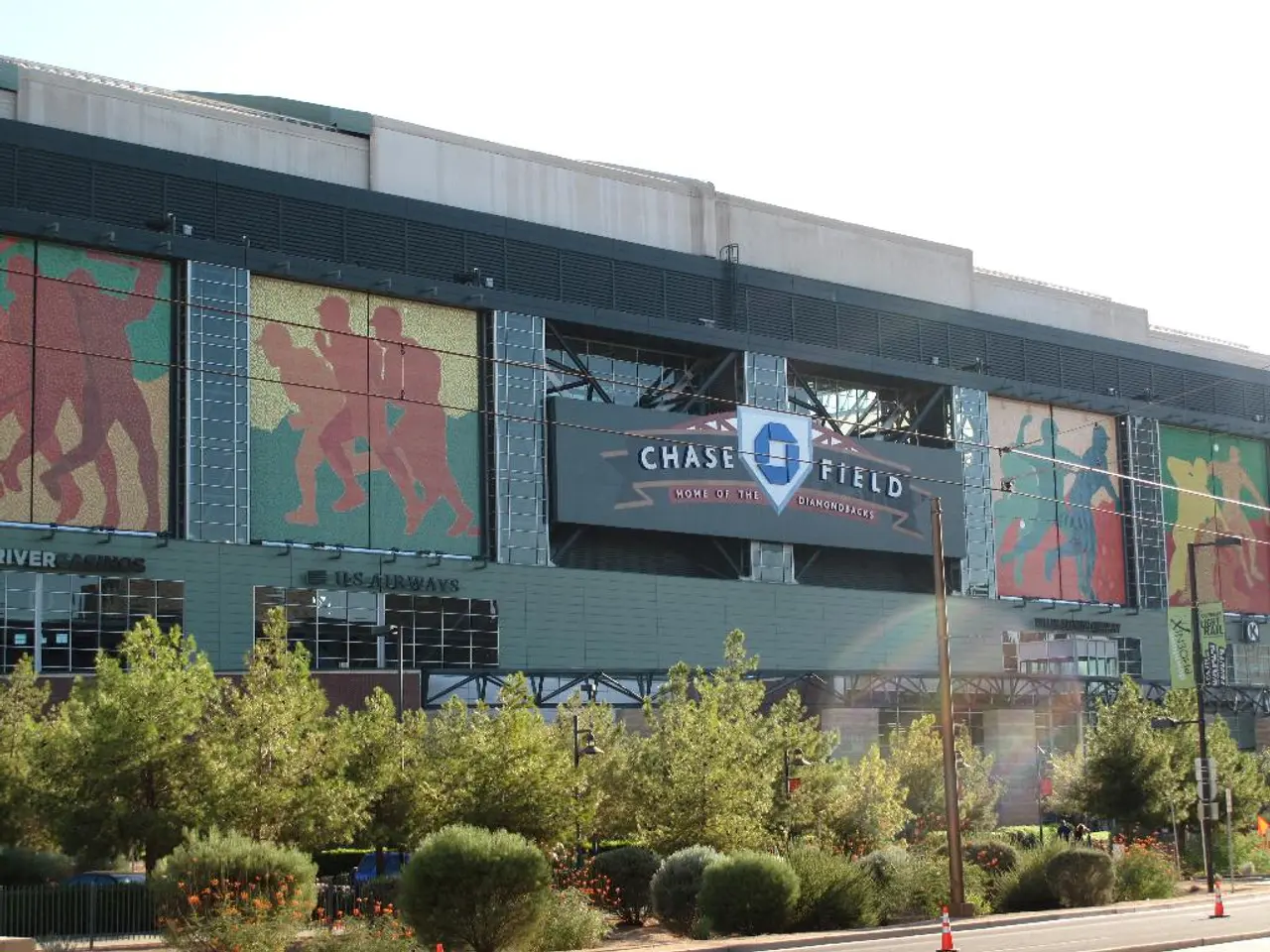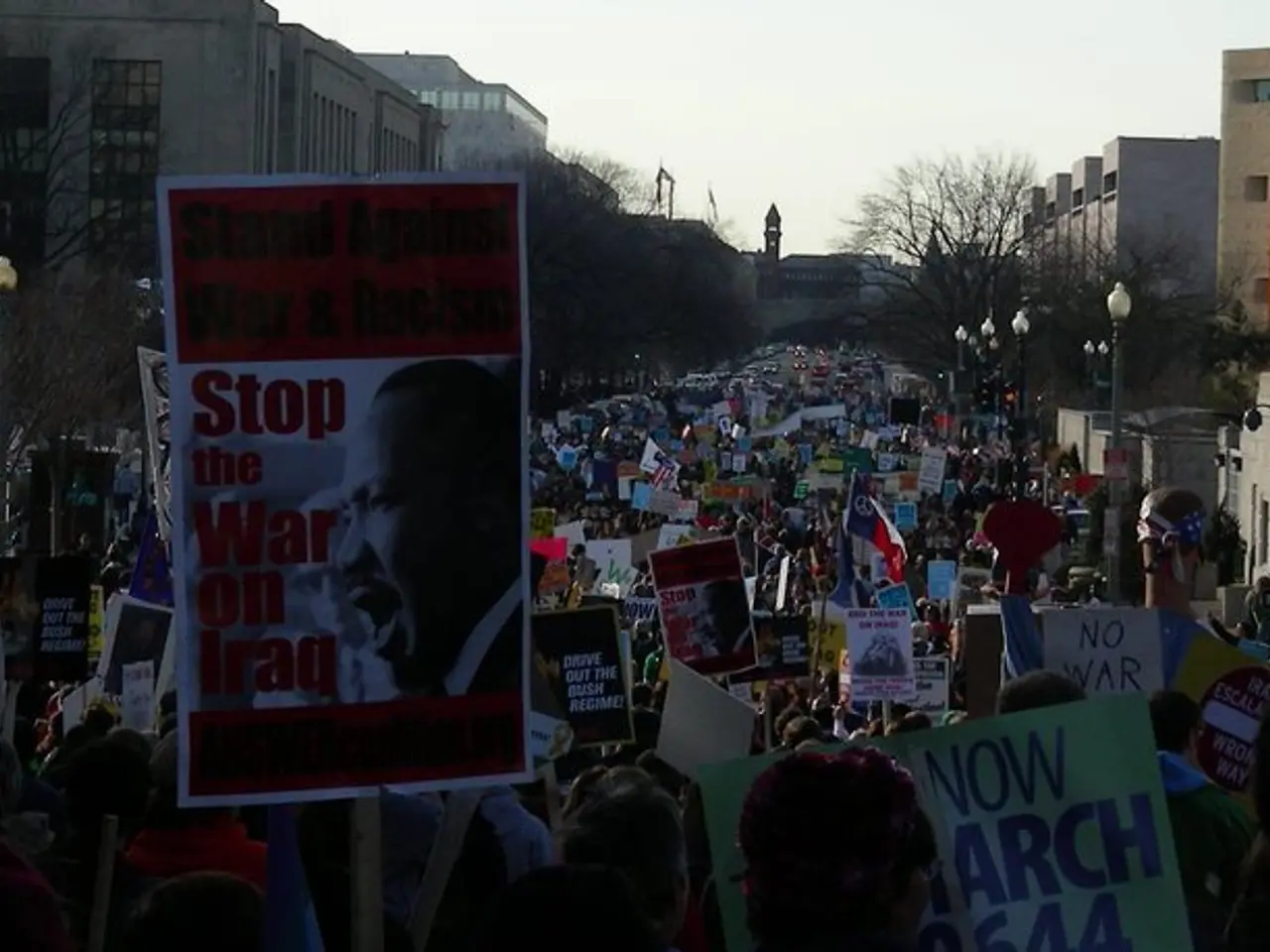U.S. Heritage Site Showcasing Black Baseball Legacy: National Negro Leagues Baseball Museum
The Negro Leagues, a collection of professional baseball leagues established during the era of racial segregation in Major League Baseball (MLB), had a profound impact on both African American baseball and social advancement in America.
### Impact on African American Baseball
Created opportunities and showcased talent: With the color line barring Black players from Major League Baseball until 1947, the Negro Leagues emerged in the early 20th century as the premier platform for Black baseball talent. Established teams like the Homestead Grays and Pittsburgh Crawfords featured legendary players such as Josh Gibson, Cool Papa Bell, and Satchel Paige, who became iconic figures in the sport.
High level of competition and professionalism: Negro League players competed in demanding schedules, sometimes 150 games per season, including barnstorming tours against diverse teams. The leagues also held notable events like the East-West All-Star Game, which attracted tens of thousands of spectators and became a key annual social event for Black communities, rivaling even the popularity of heavyweight boxing featuring Joe Louis.
Legacy and integration catalyst: The talent and professionalism of Negro League players helped break down the racial barriers in baseball, culminating in Jackie Robinson's MLB debut in 1947. This marked the end of the color line and the beginning of integration in professional baseball. Negro League players’ statistics and history have been increasingly incorporated into the official baseball record, recognising their rightful place in the sport.
### Impact on Social Advancement
Cultural pride and community identity: The Negro Leagues were more than sports leagues; they were a source of pride and cultural identity within African American communities. Games and events served as major social gatherings, strengthening community bonds and affirming Black excellence during a time of widespread racial discrimination.
Economic opportunity: The Negro Leagues became a multi-million dollar business during their peak, providing economic opportunities not only for players but also for Black entrepreneurs, team owners, and cities hosting games.
Symbol of resilience and challenge to segregation: By thriving despite segregation, the Negro Leagues symbolized resistance to racial exclusion and challenged the myths underlying Jim Crow laws. Figures like Bob Kendrick, president of the Negro Leagues Baseball Museum, emphasise that the leagues asked the fundamental question: “Can you play?” — challenging the racial prejudices that underpinned exclusion from Major League Baseball.
In conclusion, the Negro Leagues were instrumental in advancing African American representation and success in baseball, while also serving as a powerful force for social cohesion, economic empowerment, and the eventual dismantling of racial barriers in sports and society at large. Their legacy continues to be celebrated and integrated into the broader narrative of American baseball and civil rights history.
The Negro Leagues Baseball Museum, established in 1990 in Kansas City, Missouri, plays a crucial role in preserving and celebrating this rich history. The museum's mission is to educate the public about the impact of the Negro Leagues on social advancement in America. It offers a 10,000 square feet multimedia exhibition space, showcasing the history, heroes, and stories of the leagues from their origin after the Civil War to their demise in the 1960s.
The museum's collection includes life-sized bronze sculptures of Negro Leagues greats positioned on a mock baseball diamond, known as the Coors Field of Legends. A documentary film narrated by actor James Earl Jones tells the story of the leagues with vintage film footage. The museum has also created five national traveling exhibitions to share the stories of the Negro Leagues and their impact on social advancement.
In 2006, the museum gained National Designation from the United States Congress, earning the distinction of being "America's National Negro Leagues Baseball Museum." The museum's work continues to honour the legacy of the Negro Leagues and the players who overcame adversity to make a significant impact on the sport and American society.
Sports have the power to foster unity and challenge segregation, as demonstrated by the Negro Leagues, which showcased a high level of competition and professionalism in American Football, baseball, and football. While football and baseball within the Negro Leagues played a significant role in advancing African American talent and social advancement, American Football was also introduced in these leagues and contributed to breaking racial barriers in sports.





